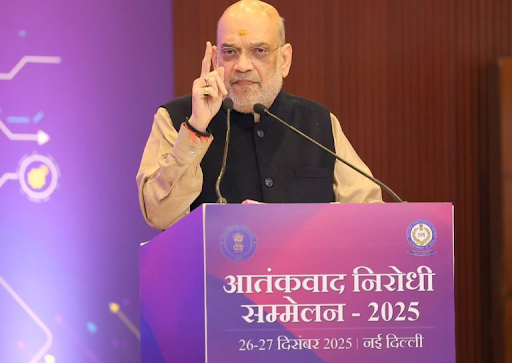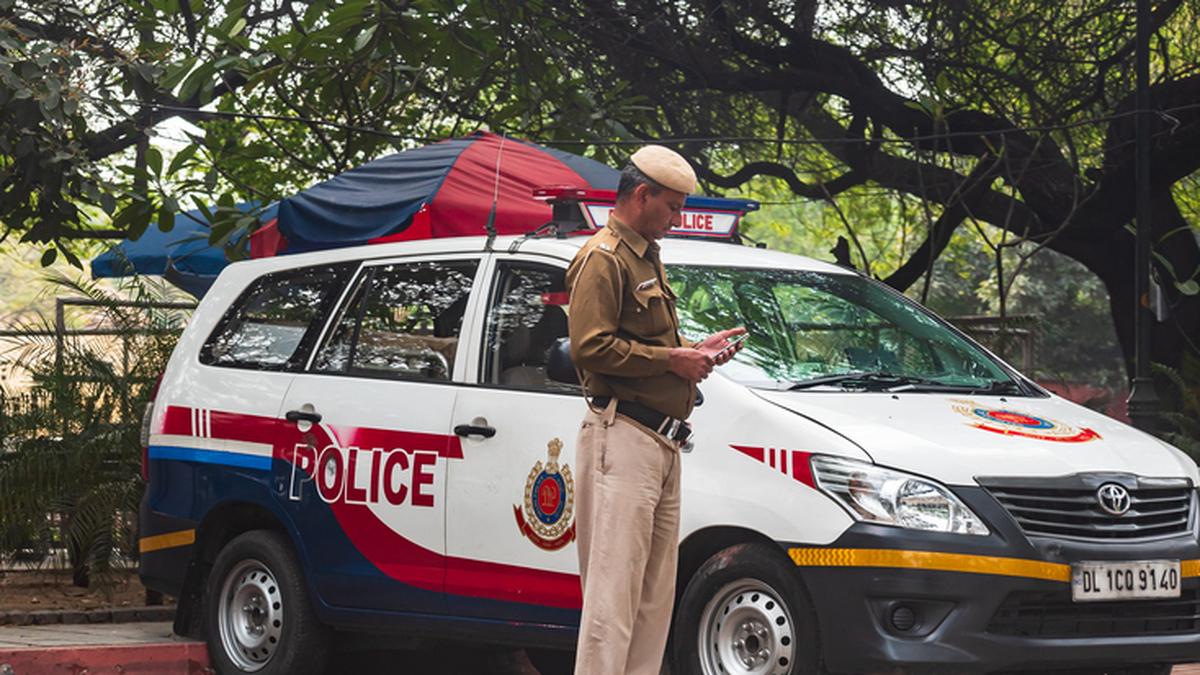




Source: HINDU
Disclaimer: Copyright infringement not intended.
Cyberbullying which includes online harassment, trolling, doxxing and threats has emerged as a significant concern in the digital age.
While internet usage in India has grown rapidly the legal and regulatory framework to tackle digital abuse remains scattered and incomplete.
There is no dedicated law to deal specifically with cyberbullying leading to reliance on a patchwork of provisions from the Bharatiya Nyaya Sanhita 2023, Information Technology Act, 2000 and selective judicial interpretations.
Bharatiya Nyaya Sanhita (BNS), 2023
While not explicitly referring to cyberbullying certain sections may be invoked:
|
Section |
Provision |
Relevance |
|
Section 74 |
Assault or criminal force to outrage the modesty of a woman |
Can be applied if online abuse involves sexually suggestive content |
|
Section 75 |
Sexual harassment |
Relevant in cases of online sexual harassment, comments, or messages |
|
Section 196 |
Promoting enmity between groups |
Applied when trolling targets specific communities or incites hatred |
|
Section 351 |
Criminal intimidation |
Used when the victim is threatened online |
|
Section 356 |
Defamation |
Applied if reputation is harmed through online statements |
Information Technology (IT) Act, 2000
The IT Act provides for specific cyber offences:
|
Section |
Provision |
Relevance |
|
Section 66C |
Identity theft |
Covers impersonation using someone’s online identity |
|
Section 66D |
Impersonation using electronic communication |
Addresses fraud through fake accounts |
|
Section 67 |
Obscene material |
Applicable for transmission of sexually explicit content |
|
Section 69A |
Blocking access to information |
Government can block websites/accounts that pose threat to public order |
|
Section 79 |
Safe harbour provision |
Protects intermediaries unless they fail to act on takedown orders |
|
Case |
Court |
Observations |
|
Shreya Singhal v. Union of India (2015) |
Supreme Court |
Struck down Section 66A; upheld Section 69A but emphasized judicial review and transparency in takedown orders |
|
Doxxing Case – 2023 (Delhi HC) |
Delhi High Court |
Held that sharing previously public data may not qualify as doxxing; highlighted the need for regulating personal information aggregation |
|
X Corp. v. Union of India (2024) |
Karnataka High Court (pending) |
Challenges Section 79(3)(b) for lack of procedural safeguards in content takedowns |
Absence of a Comprehensive Cyberbullying Law
No single statute directly defines or criminalises cyberbullying or online hate speech.
Existing provisions often fail to cover sustained, anonymous, or non-obscene abuse.
Inadequate Definitions
Key terms like doxxing, online stalking and publicly available data remain undefined.
The Digital Personal Data Protection Act (DPDPA), 2023 exempts publicly available data but does not clarify what that entails.
Overreliance on Obsolete or Generic Laws
Provisions under BNS or IT Act are often ill-suited for complex online behaviour e.g., mass trolling, gendered abuse.
Legal provisions need to account for scale, anonymity and psychological harm caused by digital mobs.
Censorship vs. Free Speech
Section 69A and 79(3)(b) are being misused for political censorship often lacking transparency.
Government takedown orders are not always backed by reasoned explanation violating due process.
Enforcement Challenges
Delay and non-responsiveness to user complaints.
Low cybercrime awareness and training among police personnel.
Cross-border jurisdictional issues in identifying and prosecuting perpetrators.
Ministry of Information & Broadcasting: Reviewing safe harbour provisions to tackle fake news and digital abuse.
MeitY Advisory: Plans for tighter rules around social media platforms’ accountability.
Digital Personal Data Protection Act, 2023: Seeks to regulate data handling but ambiguity persists on publicly available data.
Enact a Comprehensive Cyberbullying Law
Define cyberbullying, online harassment, doxxing and cyberstalking.
Cover emotional and psychological harm even in the absence of physical threats or obscenity.
Establish a Fast-Track Grievance Redressal System
Appoint dedicated cybercrime ombudsmen or digital safety officers.
Ensure quick response time to online abuse complaints.
Strengthen Data Protection and Privacy Norms
Define publicly available data clearly in the DPDPA.
Prevent misuse of fragmented personal data for targeted abuse.
Enhance Capacity Building
Train law enforcement agencies on handling digital offences.
Equip cybercrime cells in every district with technical resources.
Judicial Reforms and Oversight
Mandate judicial scrutiny of takedown and blocking orders.
Protect free speech while ensuring accountability of online platforms.
Sources:
|
PRACTICE QUESTION Q. In the absence of a dedicated law to tackle cyberbullying in India, examine how the provisions under the Bharatiya Nyaya Sanhita, 2023 and the Information Technology Act, 2000 address such online abuse. Critically analyse the limitations of the existing legal and regulatory framework. 250 words |





© 2026 iasgyan. All right reserved